Children learn the concept of addition from the preschool years and as most parents know, children have grasped the concept of wanting “more” from an early age.
Addition, like all mathematical concepts, is sequential which means that content is taught and builds on the foundations of previously learnt concepts. It is therefore very important that children have strong mathematical foundations.
Throughout the school years, the addition strategies your child uses will become more efficient. Younger children will count on their fingers or use concrete materials (counters, blocks etc) to reduce the load on their working memory. As your child’s working memory and visualisation skills develop they will rely less on the use of concrete materials. A reliance on concrete materials past 7-8 years is an indicator that your child may require assistance with mathematical concepts and could have a learning difficulty.
Parents need to be wary of the use of drilling, flash cards or worksheets. Children need activities which are fun and motivating. When children feel that the classroom environment has followed them home, particularly if they are struggling, then they begin to feel pressured and fun games become chores they don’t want to complete.
Addition for 5-6 year olds
If your child is aged 5-6 years then they are learning how to combine two groups together to model addition. Formal number sentences with the addition sign is not introduced until the second year of schooling. At this age children are encouraged to draw pictures to represent maths problems.
- At home sing with your child and use counting rhymes. The melody makes it easier for children to retain. This also reinforces the characteristics of numbers before students are asked to add them.
- Look for numbers in your local area or while travelling in the car, for example count how many blue cars, how many motorbikes and then ask them to find the total.
- Encourage children to use their knowledge of addition when serving food onto plates or collecting items in the grocery store, for example can you get us 5 red apples? Can you add 3 more bananas to the bag? How many bananas do we have now?
Addition for 7-8 year olds
Children aged 7-8 years are using the terms ‘add’, ‘plus’, as well as recognising and using the + sign. They are using concrete materials and are developing their mental strategies. At this age children are ‘counting on’ which is adding from the larger of the two numbers eg 12+ 5 counting “12, 13, 14,15,16,17,18” rather than counting from one. This is a tricky strategy which requires encouragement.
Familiarisation with a number line will help students. At this age children are moving on from counting objects to replacing objects with numerals. They are adding one and two digit numbers together.
- Bunny ears is a fun game to help move kids on from concrete materials to numbers which some children find an abstract concept. Ask your child to place both hands on top of their heads and show you two numbers which add to 7. They might show you 2 fingers on their left hand, 5 on their right, or 3 on the left hand, 4 on the right. They can bring their hands down to check at the end.
- Guess the coin – place some coins in your pocket. Tell your child I have three coins in my pocket which add to 20cents – what might the coins be? I have 3 coins in my pocket which add to $5 – what will the coins be? This is a fun, educational way to hand out their pocket money.
- When reading to your child at night, look at the Content page and together count on how many pages till the next story.
Addition for 9-10 year olds
Children who are aged 9-10 are using formal addition algorithms with two and three digit numbers. There is also a focus on using mathematical language to explain the mental strategies used. The new trends in mathematics when using trading is to not use the language of “borrow 1” and “payback” but rather “add tens” and “add ones”.
- Greedy Pig – children are using formal algorithms and cumulative counting – adding on as they go. This is a game for the whole family. The winner is the “greedy pig” that can be in with the highest total before a 2 is rolled. A person rolls the dice and they write down their total. They are asked if they want to remain a ‘greedy pig’ or sit down. The dice continues to be rolled until the last person remains standing. If a two is rolled then all the ‘greedy pigs’ are out and the person who sat down last is the winner.
- Using a calendar at home choose a ‘magic number’ say 46 and ask children to find diagonal numbers on the calendar that can add to that total. Encourage them to use formal algorithms to check their answer.
Addition for 11-12 year olds
Children aged 11-12 are learning to select and use the most appropriate strategy for their mathematical problem. Formal algorithms are being used correctly. Children are able to interpret working mathematically language and can match and algorithm to a maths word problem. Children can add numbers with differing numbers of digits.
- Play card games, like a pretend casino, with games such as 21 or Bust. In this game, two cards are dealt to each player who adds the numbers together. Each player may ask for more cards from the “kitty” with the aim of being the person with the highest score that does not go over 21.
- Playing darts or a game of pool/billiards is also an easy way to incorporate addition.
- Familiarise older children with household budgets and allow them to use calculators to find out total figures for savings, money earnt, money spent so that they can see the application of addition skills.
This article was written by Michelle Barrington for Kidspot, New Zealand’s leading education resource for parents. Michelle is a teacher and mother of a toddler who blogs at Gee, You’re Brave.

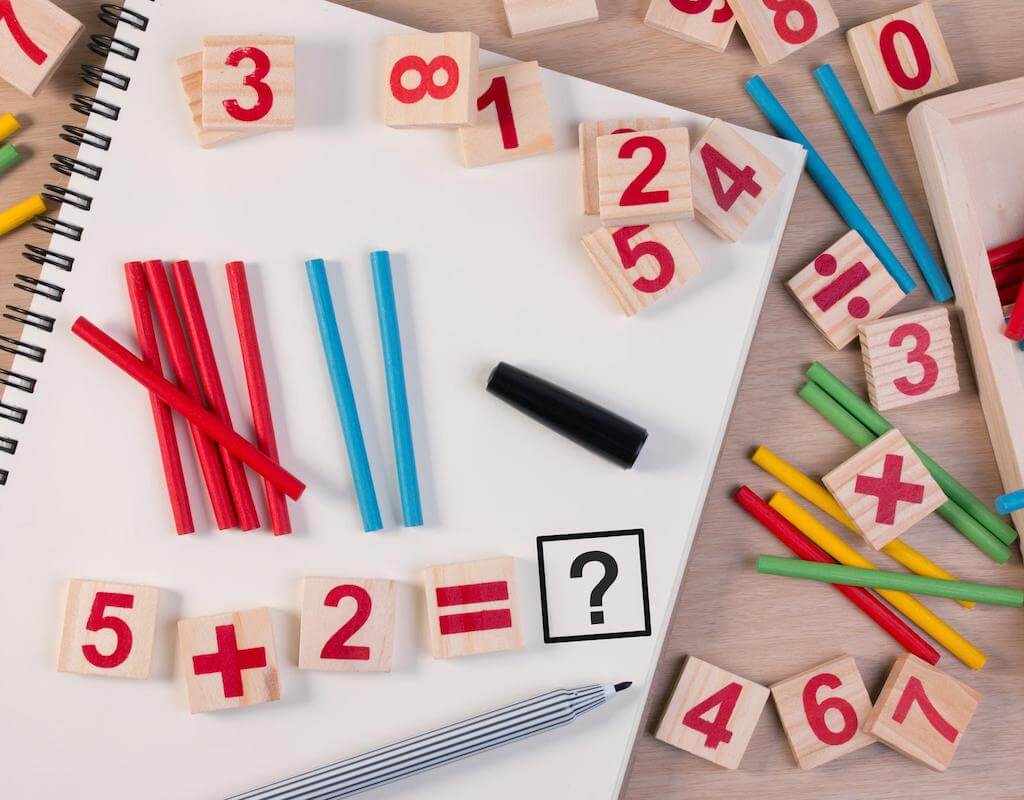
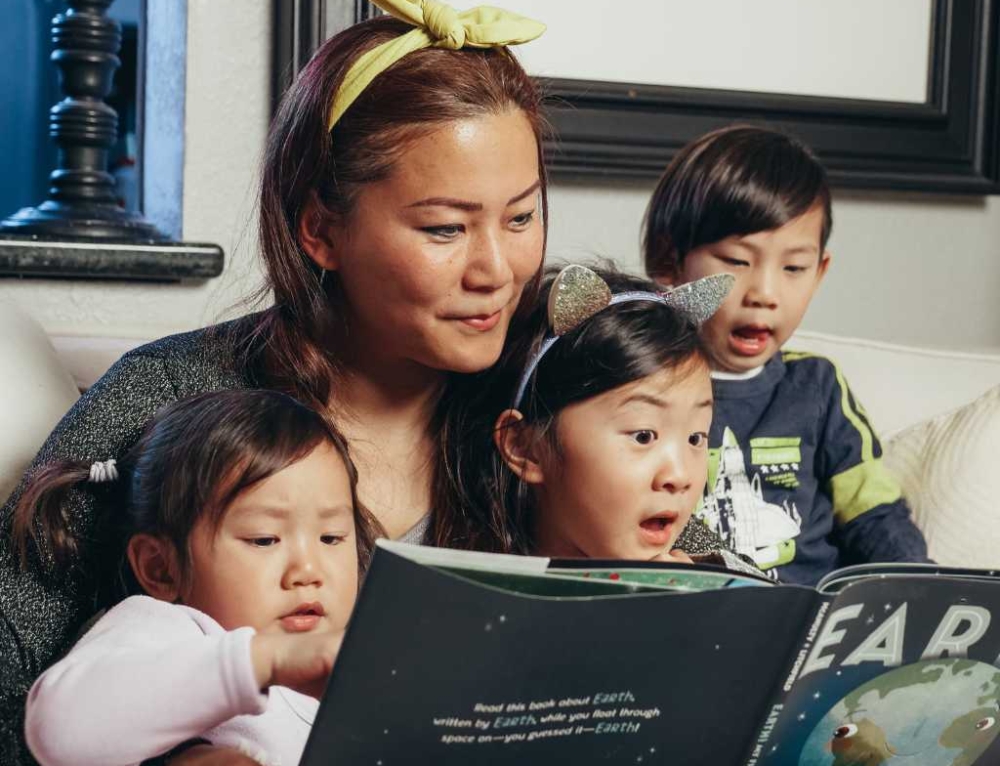
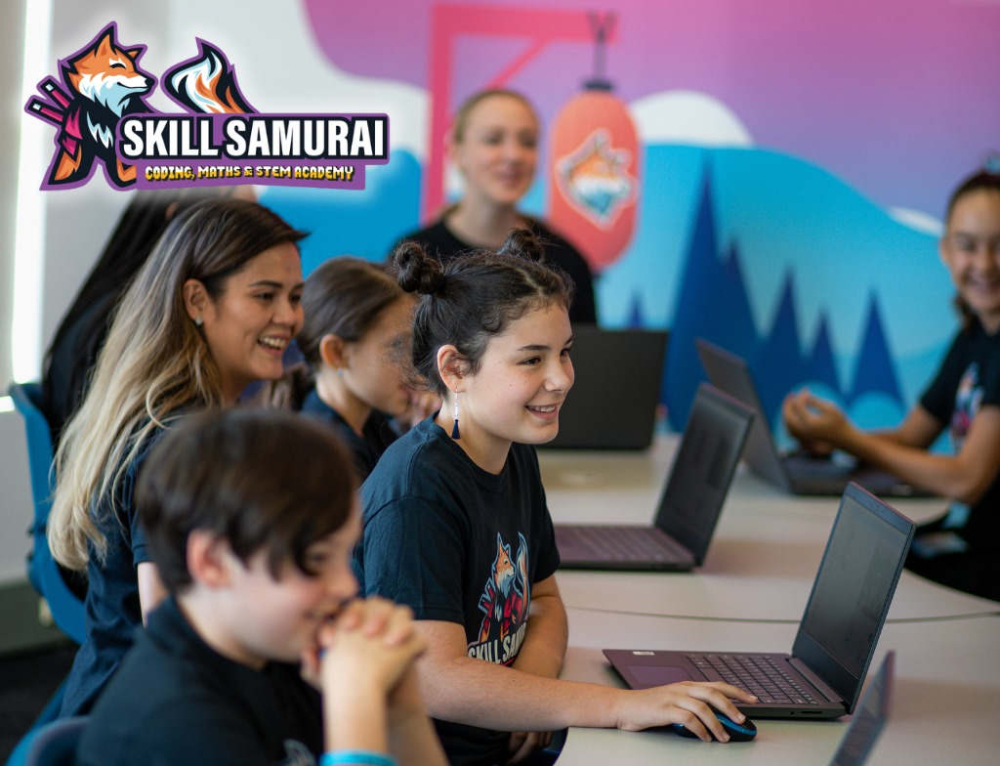
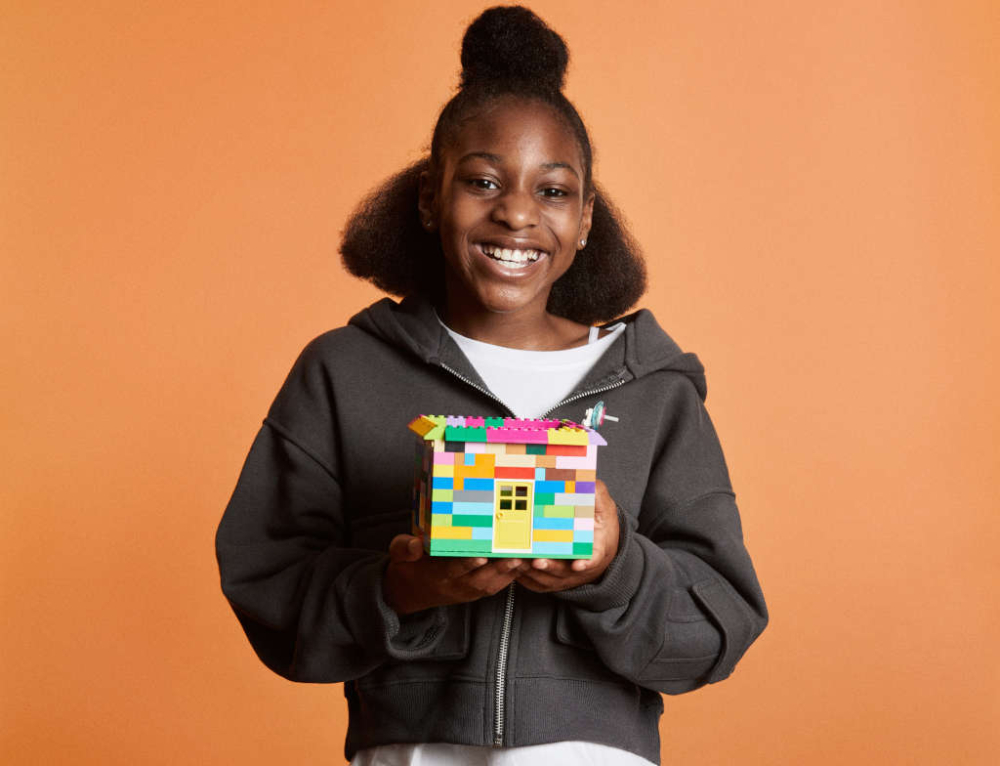

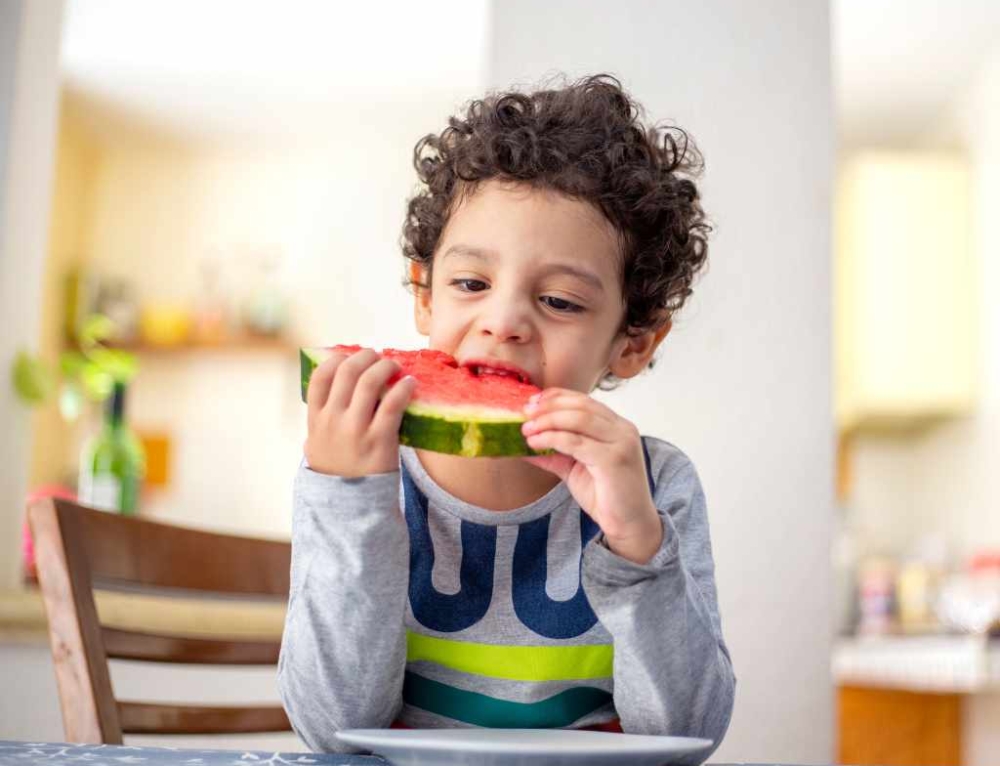
Leave A Comment
You must be logged in to post a comment.